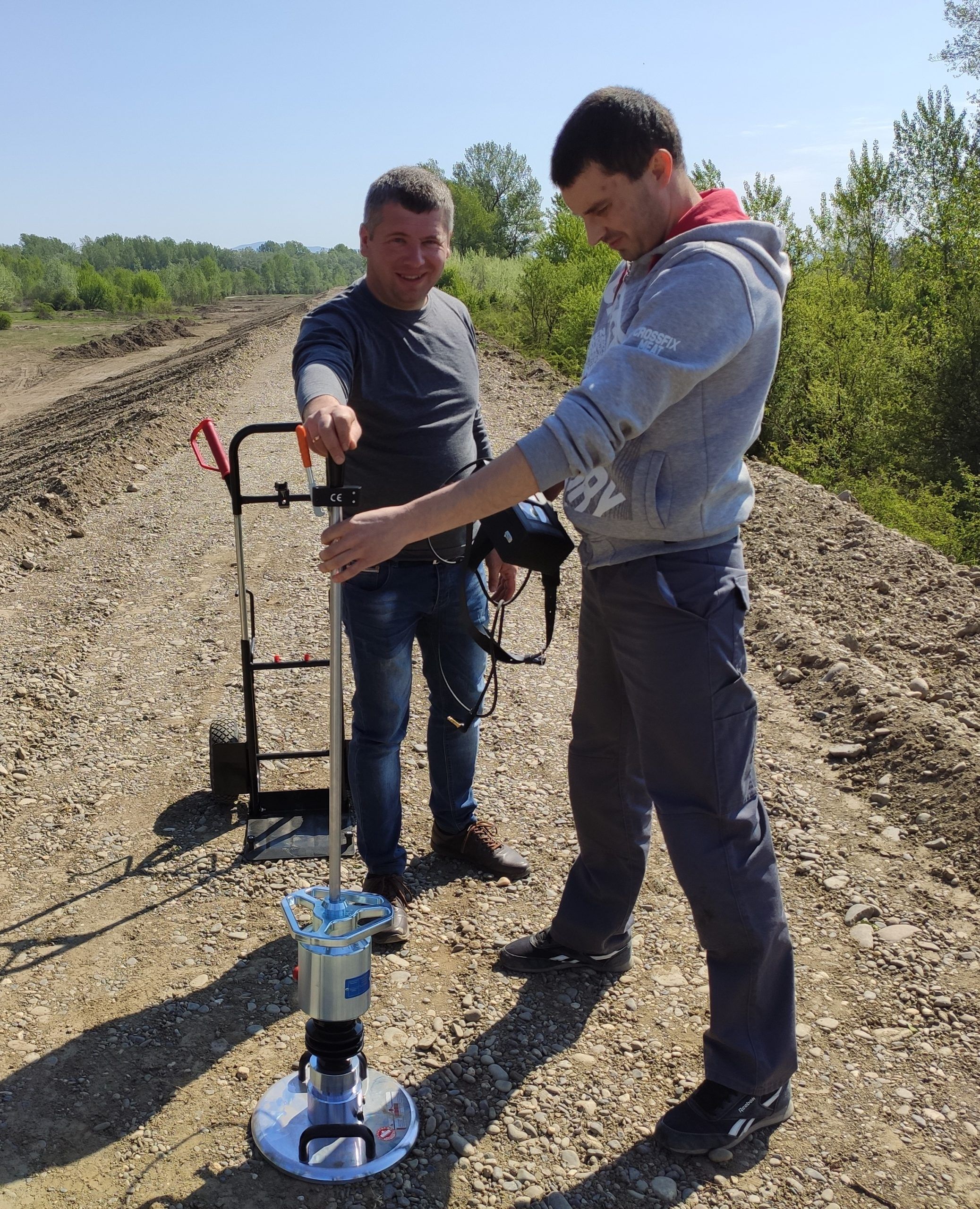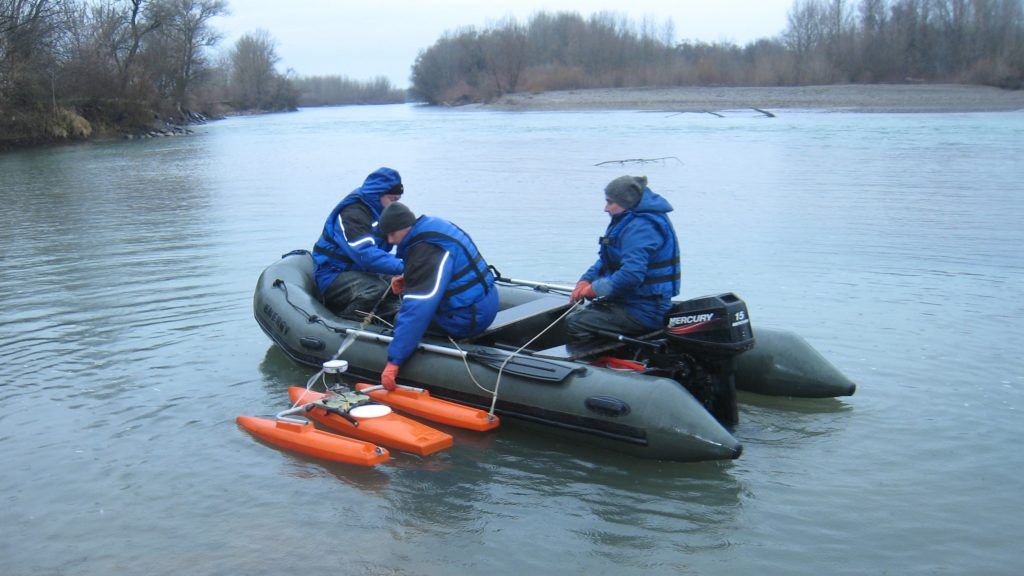Living safely along the Tisza river banks
“Many writers describe Tisza as a river of gentle, incredible beauty, and at the same time as a river with its own, harsh temperament. The people of Zatissianschyna know it: they were twice affected by its catastrophic flooding, in 1998 and 2001. Thanks to this project, we want them to live safely on the Tisza’s bank, to forget the fear and to only enjoy its beauty!”
Marina Skral, the Head of the International Cooperation Division of Tisza River Basin Water Resources Directorate.
The Tisza is not an easy river; floods and droughts are common. A flood starting in Ukraine reaches Hungary in a very short time. Evacuations are hardly possible, so it is necessary to improve the infrastructure, both upstream in Ukraine (reconstructing dikes to gain time) and downstream in Hungary (cleaning up the channels to ease water masses management).
The problem is not new and neither are the efforts to address it: the partners have been working in cross-border cooperation programmes since 2006. Preparatory work has included data collection, documentation and exchange of information with the local municipalities. Many of them have experienced the floods literally on their own skin but had little experience with cross-border cooperation.
The Tisza River Basin Water Resources Directorate from Ukraine has been working on ideas for new projects for a long time: motivation and knowledge were there, only the opportunity was missing. It was provided by the Hungary-Slovakia-Romania-Ukraine ENI CBC Programme, and the Ukrainian directorate was followed in the adventure by two trusted partners: the Upper Tisza Regional Water Directorate in Hungary, and the Public organisation EKOSFERA, also from Ukraine. The SAFETISZA project combines different kinds of activities: research, infrastructure construction and education. It also supports Ukraine and Hungary in complying with the EU Flood Directive, and with bilateral and national legislations.
 An important part of the project is the construction of a flood protection centre in Tysobyken’, in the Ukrainian Vynohradiv rayon, actually an idea of the Hungarian partner. No such facility existed in this flood-prone region in the past, hence the project closes a big gap. The centre will focus both on maintenance of the infrastructure in normal times and on flood management and communication with the downstream partners in times of emergencies. It will contain a coordination room, quarters for emergency brigades, and storage and maintenance facilities. All necessary components will be thus available in one spot.
An important part of the project is the construction of a flood protection centre in Tysobyken’, in the Ukrainian Vynohradiv rayon, actually an idea of the Hungarian partner. No such facility existed in this flood-prone region in the past, hence the project closes a big gap. The centre will focus both on maintenance of the infrastructure in normal times and on flood management and communication with the downstream partners in times of emergencies. It will contain a coordination room, quarters for emergency brigades, and storage and maintenance facilities. All necessary components will be thus available in one spot.
But that is not all; infrastructure works include on the Ukrainian side the reconstruction of the left bank of the Tisza flood protection dike, with a length of 9,5 km, including bank consolidation. And on the Hungarian side, work will aim at the rehabilitation of several streams and channels bed with a length of 5.9 km.

In parallel the project will research the region’s flora and fauna, to make sure that the construction of the infrastructure will have no negative impacts on the environment. As a matter of fact, part of the project area has been granted the status of a protected zone due to the project’s field research. Last but not least, the project aims at raising awareness and educating local schoolchildren about the importance of protecting water resources, and how flood protection works. The experience of “EKOSFERA” is paramount in catering for this last part.
In the course of implementation – now in its second year – local communities have been involved and neighbours have already expressed their interest to engage in similar projects in the future. After the completion of activities in 2022, the partners hope that flood risk will be substantially decreased, with a dike able to handle a flood event for up to 100 years. The infrastructure will help water management bodies to handle floods and droughts expected to intensify as the climate changes. It will also allow local farmers to go about their businesses without the constant fear of their harvests being wiped out.
Work on cross-border water management should continue in the post-2020 programming phase. This could include management coordination, for example in the form of a transboundary flood protection programme; but also infrastructural construction, for example in relation to reservoirs and retention areas, as well as riverbed restoration and treatment facilities rehabilitation.
The partners have already expressed their interest and will to continue their cooperation. What they have learnt from the current project is that cross-border water management is not a job for hydrologists only. It needs a strong team of engineers, lawyers, economists, and it also requires a lot of communication with the local communities. Understanding their values and communicating the role of the project in protecting them is crucial.
“It is no accident that the name of the project is SAFETISZA. I am sure that the results of this project will have a positive impact on the safety and security in the region” – closes Marina Skral.

Find more environmental projects in our VIRTUAL EXHIBITION
